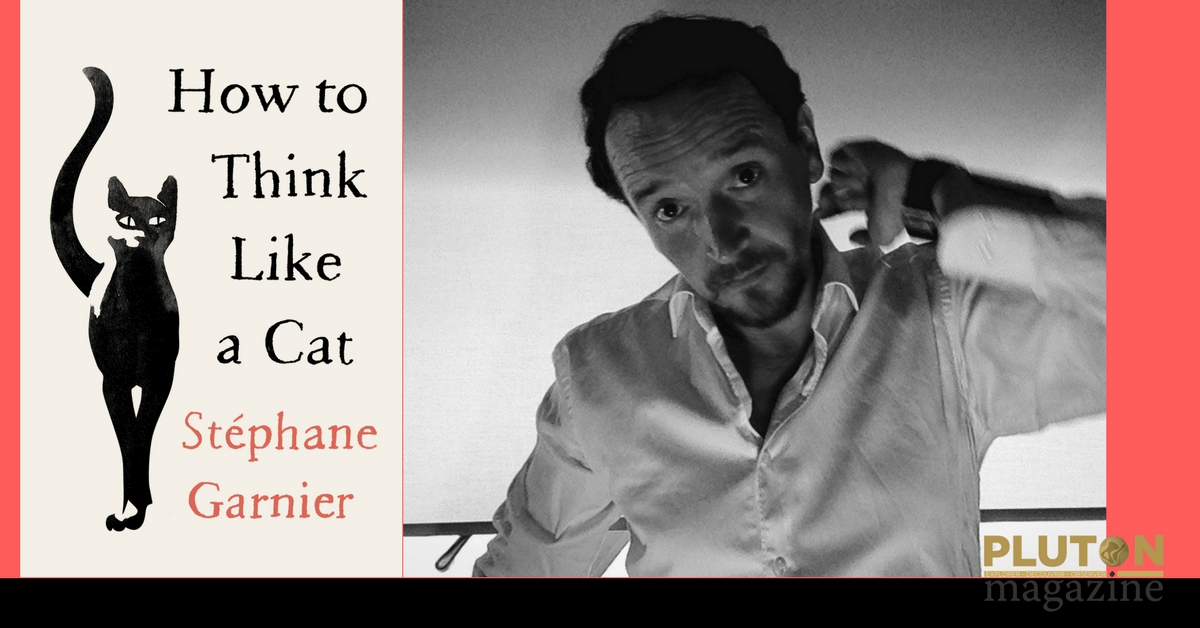.
By Dominique LANCASTRE
An interview with Stéphane GARNIER author of How to think like a cat
at HarperCollins Publisher
Why this book?
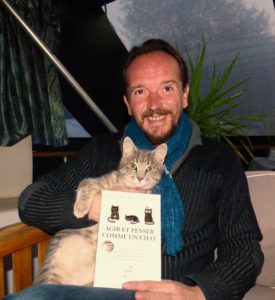

We’ve lived together for fourteen years. He’s a true life companion.
I like the independence of cats, the way they create their own area of freedom and well-being.
I have always been fascinated by his sense of detachment, of letting-go. He’s always looked happy. Why? What’s his secret?
In multiple situations, I began to observe his attitude and his reactions when facing an impossibility or a desire… I had to go with the evidence:with calm and firmness, he always ended up getting what he wanted, and do only what he wanted.
The role of Ziggy in this book
I watched him for a long time, but in the end, we can say that he wrote this book as much as I did! Sometimes, I felt like his scribe!
What your cat can bring you? How can a cat help us?
A lot of serenity. He is the soul of the house. He impregnates every room with his presence. We communicate, without sometimes having to talk. He guides me by his attitudes, and through his imperial calm, he forces me to look further.
Taking example on him, we can consider the cat as a true life coach. The purpose of this book is to transpose certain talents and qualities of the cat to learn to live better.
The cat’s ability to be happy, to live well is surprising! But how is it doing? This is the whole purpose of this book in which I highlighted forty qualities, attitudes and personnality traits from which we can inspire ourselves to live better.
10 surprising qualities and talents of the cat, from which we can benefit in our life
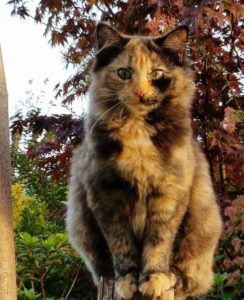

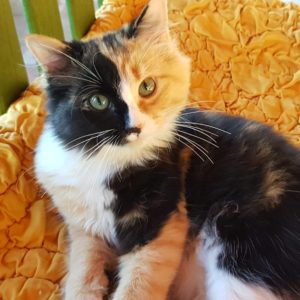

1 – The cat cultivates his well-being. It’s the word that summarizes how the cat works! Well-being is its real life engine. It cultivates its well-being in all its forms. It only acts according to its desires and that’s what creates its happiness. It builds it alone, independently, and does not wait after you to cultivate it every day. This is the heart of the book: how to find and cultivate your well-being by copying the cat.
2 – The cat is free! More than a second nature, it is the heart of its life: being free! We are sometimes locked in obligations, life routines, work, bad habits of life… The cat, do not bother with that. We can do like him, and take control of our lives back. Do only what we love, no longer suffer, and take the power back to decide our life. Like the cat, work to take independence back in all areas, and you will gain your freedom.
3 – The cat is hermetic to the judgment of others, humans as its congeners. Like him we have everything to gain by detaching ourselves as much as possible from this famous « look of others”. “What are you going to think of me? Are you going to appreciate me? » That’s one of the things cats do not care about… and it would be good to feel inspired. This need to be loved, appreciated, admired, and minimally accepted by ‘others’, all the time, the cat doesn’t care about it. The cat does not care about appearances.
4 – The cat is charismatic, because it knows how to remain natural, it is apart from any social mould, from any image to project, it is whole, it loves itself and is honest with itself. We feel its presence from the moment it enters a room. Without the need to be agitated, only its charisma guarantees it to be noticed by all. To acquire a little more animality, charisma, like the cat : you have to be! You have to be whole and sincere!
5 – The cat is serene. Like it, we will avoid stress cultivation a posteriori, we will not ruminate a situation, we will turn the page. To maintain your inner peace, like the cat: identify the source of your stress, solve the problem once and for all, go to the end relentlessly and detach yourself permanently. We do not ruminate, we do not rehash, we leave it forever and calm returns, and your well-being with you.
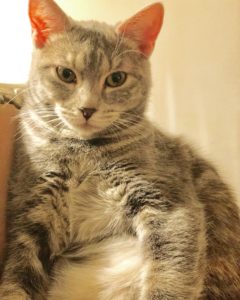

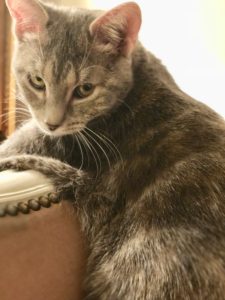

6 – The cat accepts itself as it is, the cat loves itself. Yes, the cat loves itself, so, we want to like it! Most of us are dissatisfied with their condition, their bodies, their social position… Too often, We do not love ourselves. We would all so often be someone else rather than just accept who we are. Accepting oneself is also discovering the richness and abilities that we all have individually…
7 – The cat chooses its entourage. The cat never binds with other cats, or with humans it does not like. It chooses one by one the people around him, whom it cherishes so much. Like it, we have to stop suffering the presence of people we do not like, and we will avoid toxic people. We must choose who we go to, who we share our time with, who we love, who we want to spend our life with. Life is short, why spend it with people we do not like?
8 – The cat knows how to say “NO!”. Cats hate to be told what to do. Obey an order? No way for them! “For that, take a dog!”, that’s what you read in their eyes! As humans, even though we must obey certain guidelines, it is not a reason to say “Yes” to everything, all the time! For all those who tend to say yes to everything, all the time, in their work and at home, learning to say “no”, is knowing how to preserve their time, their life, their energy, how to be respected by those around them.
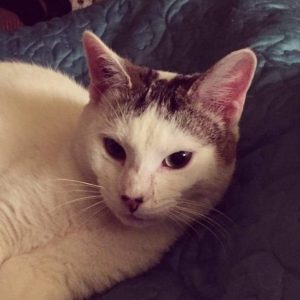

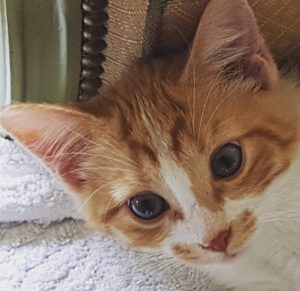

9 – The cat thinks of itself first and foremost. For the cat, most of life is spent cultivating its well-being. Sometimes, like it, we have to be a little selfish, and think only of ourselves. This does not mean being « self-centered, narcissistic or egocentric », but allowing oneself to put one’s personal well-being before others sometimes. We can’t give anything to others if we do not give ourselves anything. As we can’t really love if we do not love ourselves. Think of yourself, your well-being, take care of yourself, no-one will do it better, and will do more for you than yourself.
10 – The cat knows how to take the time to live. Taking the time to live is becoming aware of each passing moment, taking it into consideration, monopolizing it, and enjoying it in every split second… That’s what the cat does. Do you feel like it’s resting? Actually it observes, it sleeps, it plays… It enjoys life and all its pleasures. You know the adage: “You took time to be born, take time to die!” And for that, do like the cat: take time to live!
An example of attitude of the cat that we can all apply on a daily basis
The simplest, for wake up for example, instead of jumping out of bed in the morning, and running in all directions (because we are late) we could, like the cat, yawn long and stretch in our bed to get up in peace and relaxation, in order to have a good day. Like other mammals, this is enough to adopt this good habit so that it becomes a zen revival reflex.
Is the independence of the cat a quality?
As I said, the keystone as the life goal of the cat is its well-being. Nothing else matters. And, to achieve this, it will cultivate and develop all the aspects necessary for the construction of its well-being, and the first step for this is its independence. Independence with respect to the others cats and men, independence that will offer it its freedom. It will choose! Its home, its entourage, the people it likes or not. It does not submit to any diktat; stubborn, it only listens to its good pleasure. For this, it behaves as a leader, it asks or order indirectly.
For ourselves, finding a part of independence in our life is to reconquer a part of our freedom, imposing our choices, and reconnecting with what makes us happy. We sometimes tend to suffer a personal or professional situation that does not suit us.
In the popular imagination, we tend to consider cats as selfish animals. Is this really the case?
The cat is not selfish as we understand it. It is a human beliel, a label that we try to stick to it without really understanding its attitude. The cat thinks of its well-being to actually be able to give to others. This is an interesting step: we must keep in mind that in order to be useful to others, we must already know how to give to ourselves, to become our own priority. It’s the same for love: it’s impossible to really love if we do not love ourselves first.
More generally, what impact can this have on our lives?
We can globally, like it does, trust ourselves and follow our instinct at any moment, for any decision to take. If it does not like a person, the cat will not go to him/her. It is also something that we can take back in our society where we often tend to be too influenced by the advice of others.
Thinking of oneself first and foremost, loving oneself without complexities, being tenacious, listening to one’s inner voice (instinct)… all traits of the character of the cat that can be applied in our personal and professional lives.
How do you explain their fascination for this animal? For many writers that you quote in your book?
I noticed that many writers have a special relationship with their cat. It is related, in my opinion, to the mystery surrounding this animal. It evolves in his own universe, does not judge us, but watches us constantly. In the same way, intellectuals often seek to detach themselves from the world, to find depth. There is an obvious parallel here.
Is a personal development guide inspired by a pet more useful than many other books in the field?
It is the angle of approach that changes, and the observation of existing attitudes and not of theoretical conceptions. This may be where the difference is. I think that we can draw a lot from our daily life, the simplest things. In a nutshell, the cat can be a very inspiring life coach! Personally, when I do not know what to do, when I’m facing a problem, I look at my cat, I wonder what he would. This often allows me to gauge the magnitude of the issue and get out of it more easily than I would have imagined.
Nowadays, we have a lot of knots in our heads when we have all the keys to go well. I think it is important, above all, to refocus on what makes us happy by borrowing from the cat a culture of independence.
In conclusion?
We have everything to learn from this wise old man, always cautious, who knows how to amuse himself with everything and who, if it is not happy, will not hesitate to leave to rebuild its habit, its well-being, as well as its art of life.
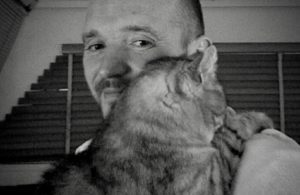

How to think like a cat is published by HarperCollins Publisher in the USA and is on sale from 02/27/2018 at $19.99
Pluton-Magazine/2018
Photos: S.Garnier
Photos: Florence Agostinelli.
Translation by Gotranslate Belgium

